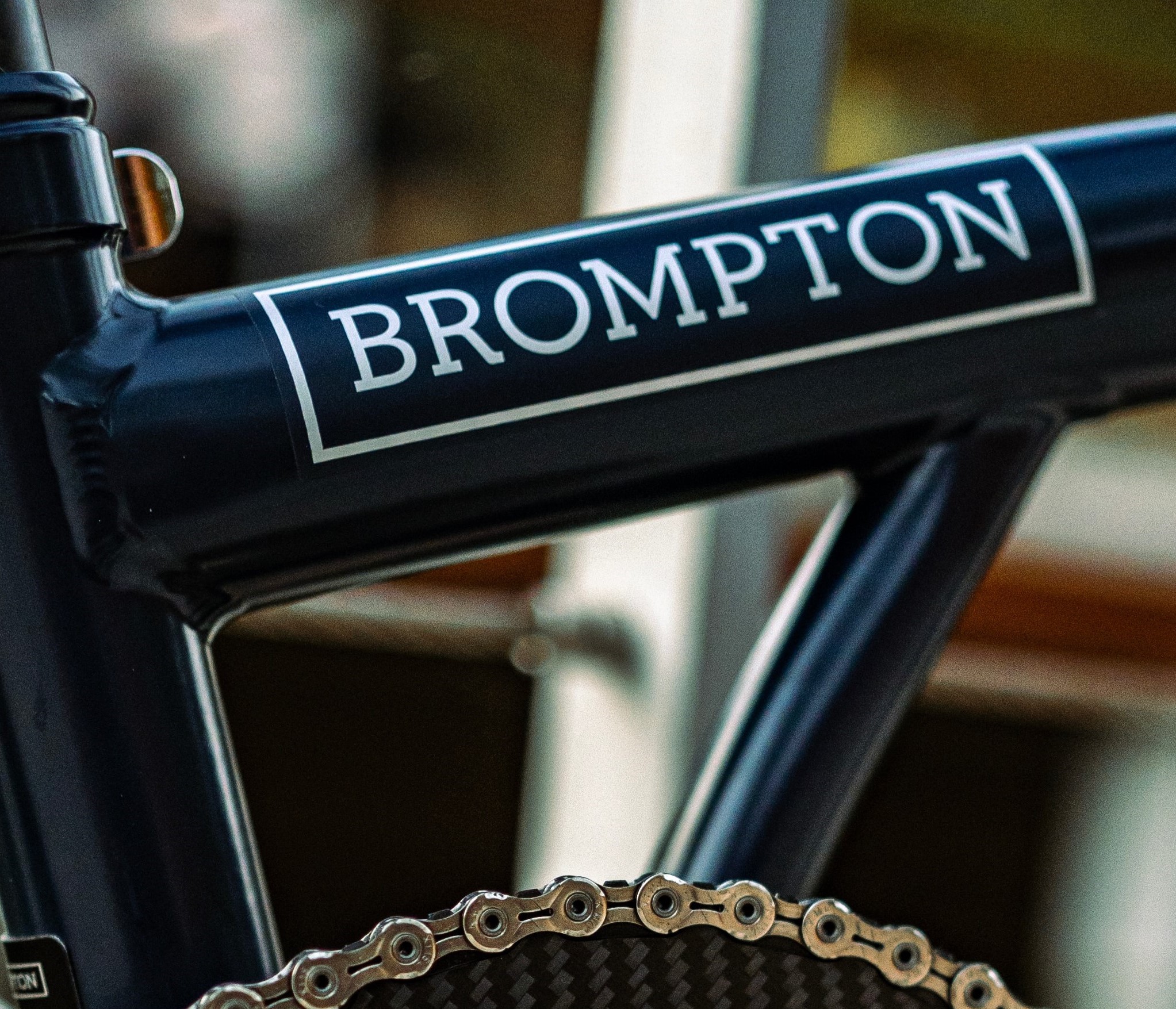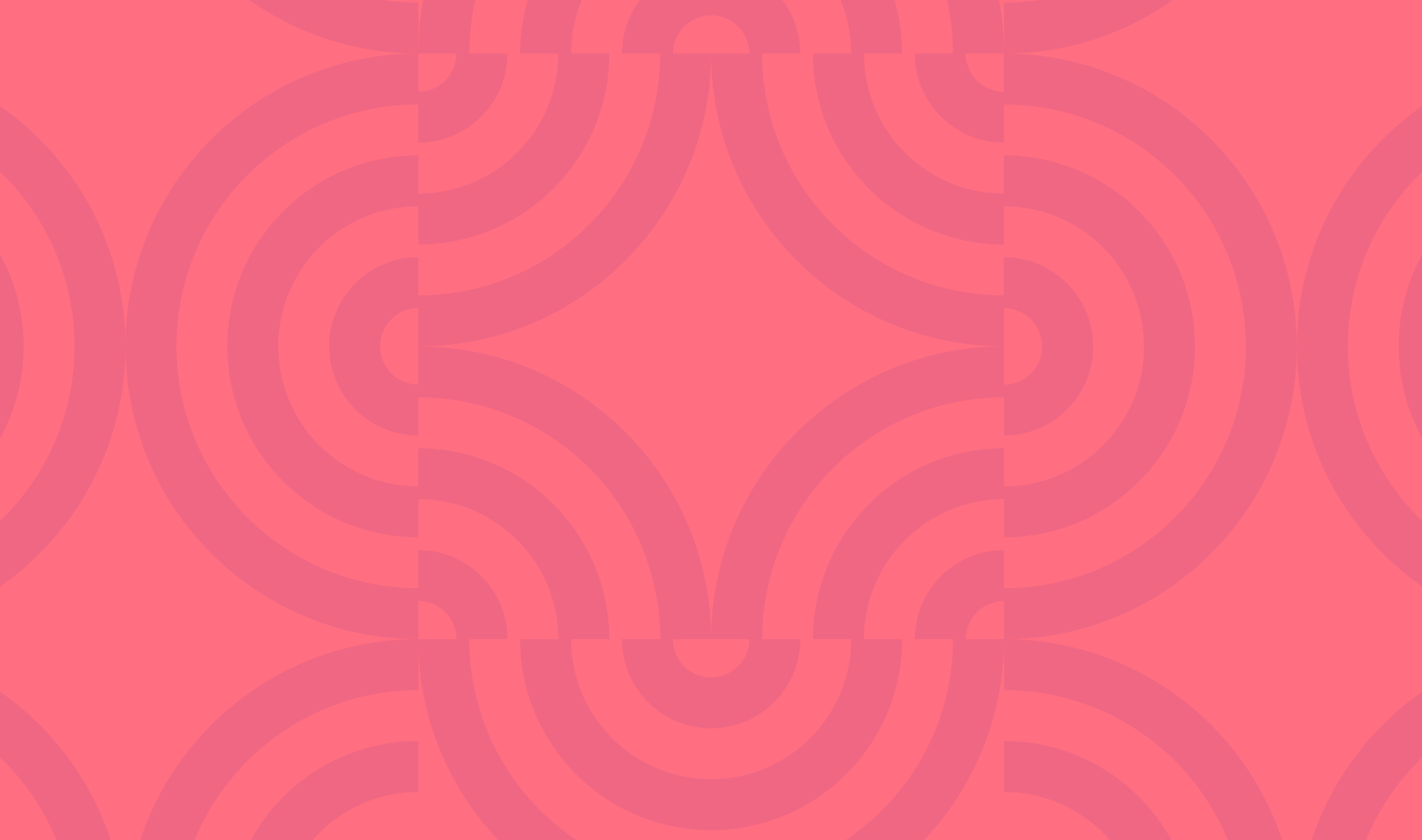
Design
How accessible are pop culture UIs?
23rd June 2025

Technology
What vibe coding is and how we’re using it to build smarter, faster, and better
11th June 2025

Search
What AI means for organic search, and what you can do about it
21st May 2025

Experience
Using Generative AI for Design in 2024
17th September 2024

Marketing
"Attribution is dead" they say
14th August 2024

Technology
Codegarden 2024
25th June 2024

Marketing
Google is deleting your data. Here’s how we can help.
17th May 2024

Experience
How understanding consumer behaviour can help you drive digital growth
23rd February 2024

Marketing
Webinar: How marketers can manage successful web build projects
13th February 2024

Agency
A new partnership unfolds: Enjoy appointed by Brompton Bicycles
31st January 2024

Contact us
Ready. Steady. Grow!
We've helped some of the world's biggest brands transform and grow their businesses. And yours could be next.
So if you've got a business challenge to solve or a brief to answer, we'd love to hear from you. Simply complete this form and one of our experts will be in touch!
